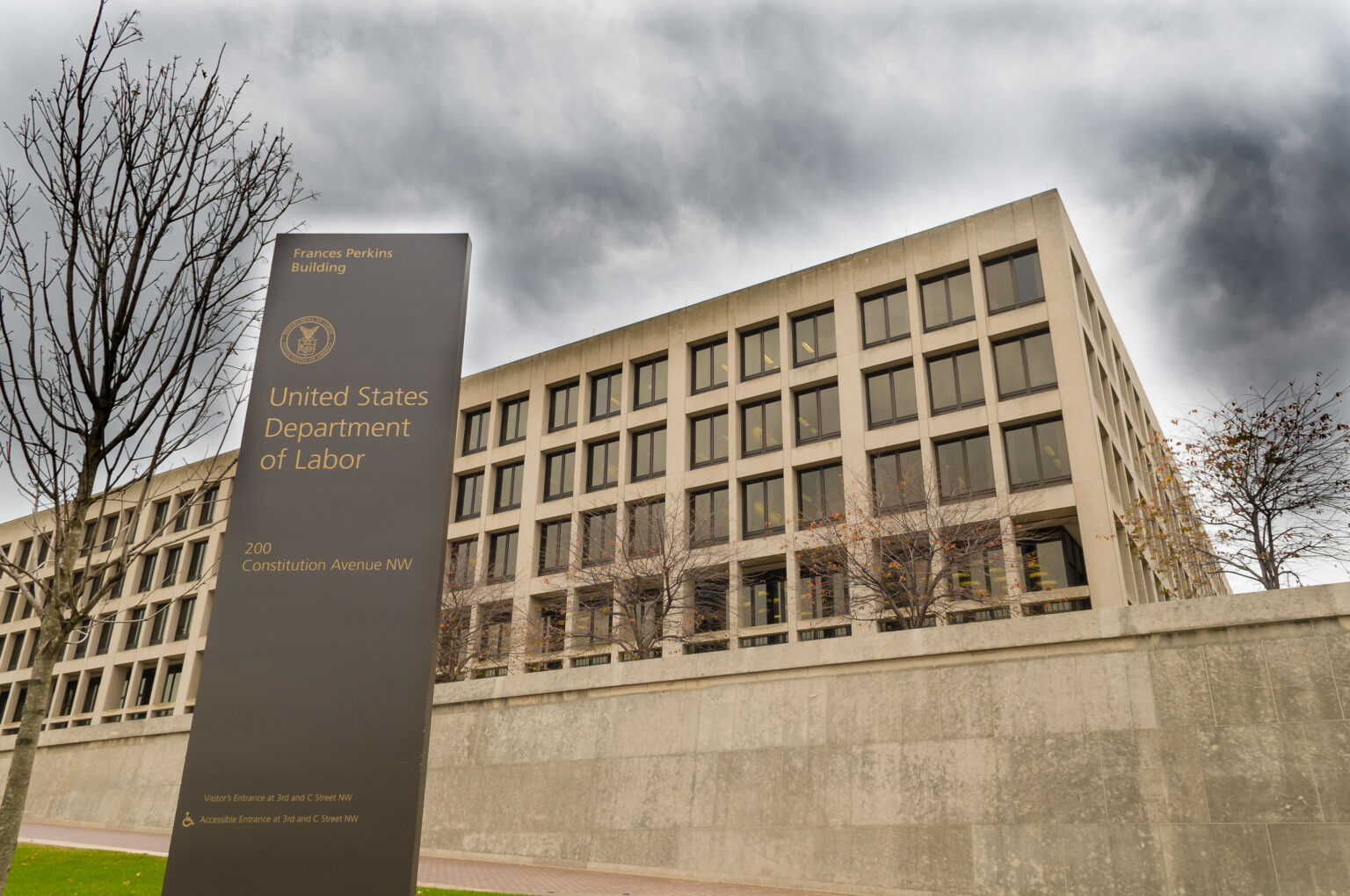In a significant legal setback for the Department of Labor regarding overtime pay exemptions, U.S. District Judge Sean D. Jordan of the Eastern District of Texas has struck down a proposed Department of Labor (DOL) rule aimed at increasing the maximum salary threshold before workers become exempt from overtime pay.
Unlike hourly workers, most salaried employees do not qualify for overtime pay. However, employers must pay overtime to salaried employees whose salaries fall below a specified threshold.
Currently, that threshold is $35,658, meaning any employee earning less than that is eligible for overtime pay if they work more than 40 hours in a given workweek.
What This Ruling Means for Workers and Employers
The Department of Labor implemented a rule earlier this year that scheduled two increases to this overtime-exemption salary threshold, the first of which went into effect on July 1, 2024 when the limit was increased to $43,888.
That means that anyone making between $35,658 and $43,888 in salary who were not previously eligible for overtime pay became eligible if they worked more than 40 hours in a workweek after July 1.
The salary threshold criteria would have been an adjustment to an existing provision of the Fair Labor Standards Act with the intention of preventing salaried workers from being exploited for more work hours without any adjustment in pay.
Under the new rule, a second increase was scheduled for January 1, 2025, raising the overtime exemption salary threshold even further to $58,656. Had it gone into effect as scheduled, anyone earning under $58,656 per year in salary would have qualified for overtime if they worked more than 40 hours in a week come 2025.
Judge Sean D. Jordan’s Ruling
However, Judge Jordan’s ruling, halts these increases. As a result, the salary thresholds remain at their pre-2024 levels: $35,568 annually.
In his ruling, Judge Jordan argues that the Department of Labor exceeded its authority by disregarding required duties tests and bypassing procedural requirements outlined in the Administrative Procedure Act.
He also criticizes the rule’s provision for automatic threshold adjustments (that is, scheduling future increases), claiming it improperly set the rule-making process “on autopilot.”
Next Steps
The ruling leaves the Department of Labor with the option to appeal. However, the likelihood of success is uncertain until President-elect Donald Trump assumes office in January.
During Trump’s first term, the Department of Labor approved a 35% increase to overtime-exempt salary thresholds from $455 to $684 per week, or $23,660 to its current levels of $35,656.
With the salary thresholds reverting to pre-2024 levels, the Department of Labor has a choice to make: Appeal the ruling or revisit its approach under the incoming Trump administration.
The outcome will shape the landscape of worker protections and employer obligations in the years ahead.
Related: What the Jobs Report Is Hiding
This article is for informational purposes only and does not constitute financial advice. The views and opinions expressed are those of the author and do not represent recommendations for any specific financial actions. Neither author nor Fiscal Report receive a commission through links in this content.


